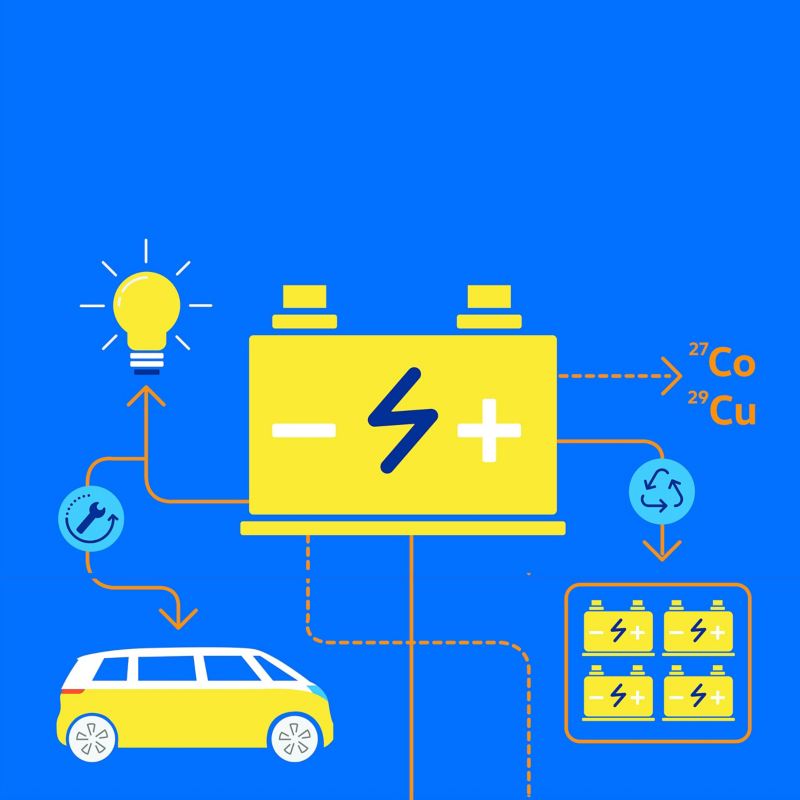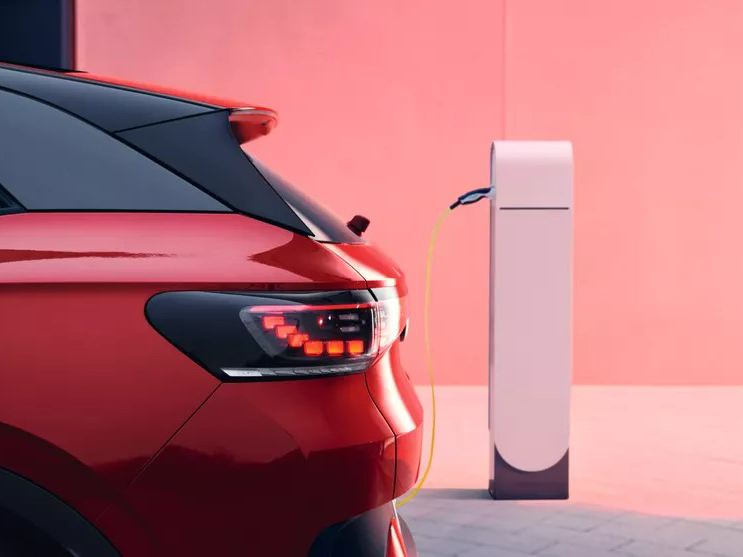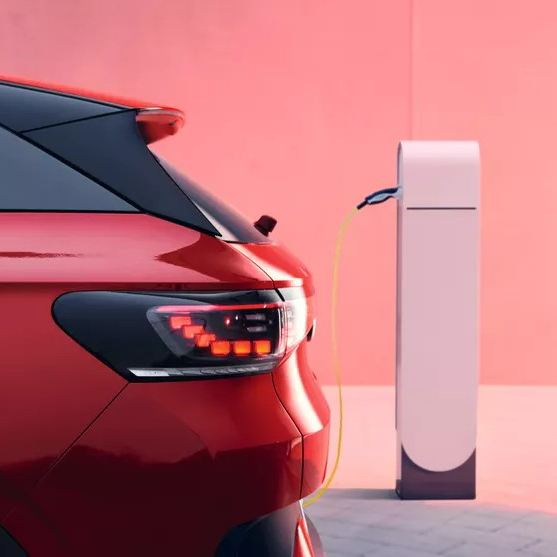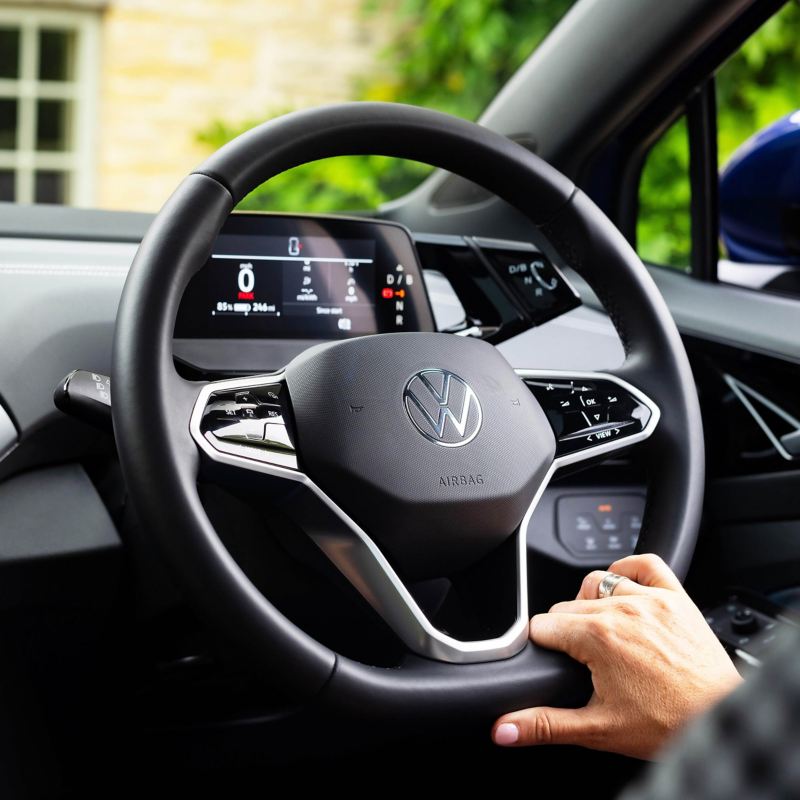Driving sustainability
We’re driving towards a sustainable future. We’d like you to join us.
From design and manufacture, all the way through to ownership, charging and recycling, our all-electric ID. Range is designed to protect people and the environment.
Becoming net carbon-neutral2: How will we get there?
Browse our electric range
Here are some articles you might find interesting
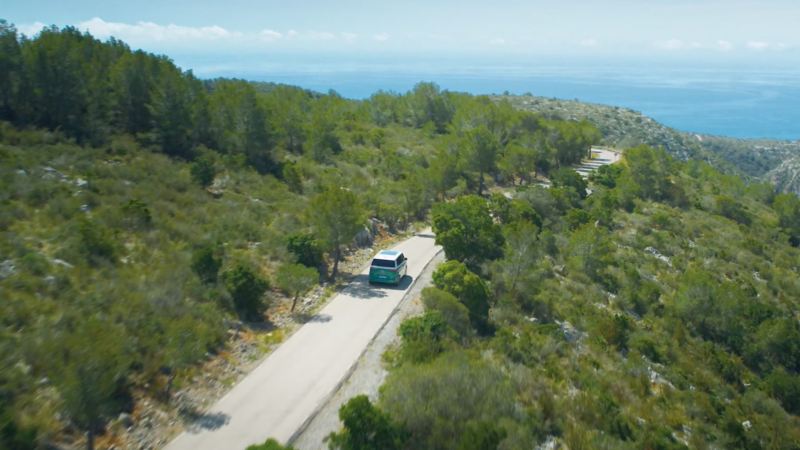
Climate-conscious traveling: on the road with an electric camper
Fancy a holiday in an all-electric campervan? Find out how you can enjoy camping with an electric vehicle, and how the ID. Buzz, and the soon to be, ID. California are leading the way.

The carbon footprint of electric cars
All-electric cars emit zero C02 emissions when driving, which is probably their most obvious benefit over their combustion engine counterparts. However, beyond that, electric cars have a better carbon footprint over their entire lifetime.
